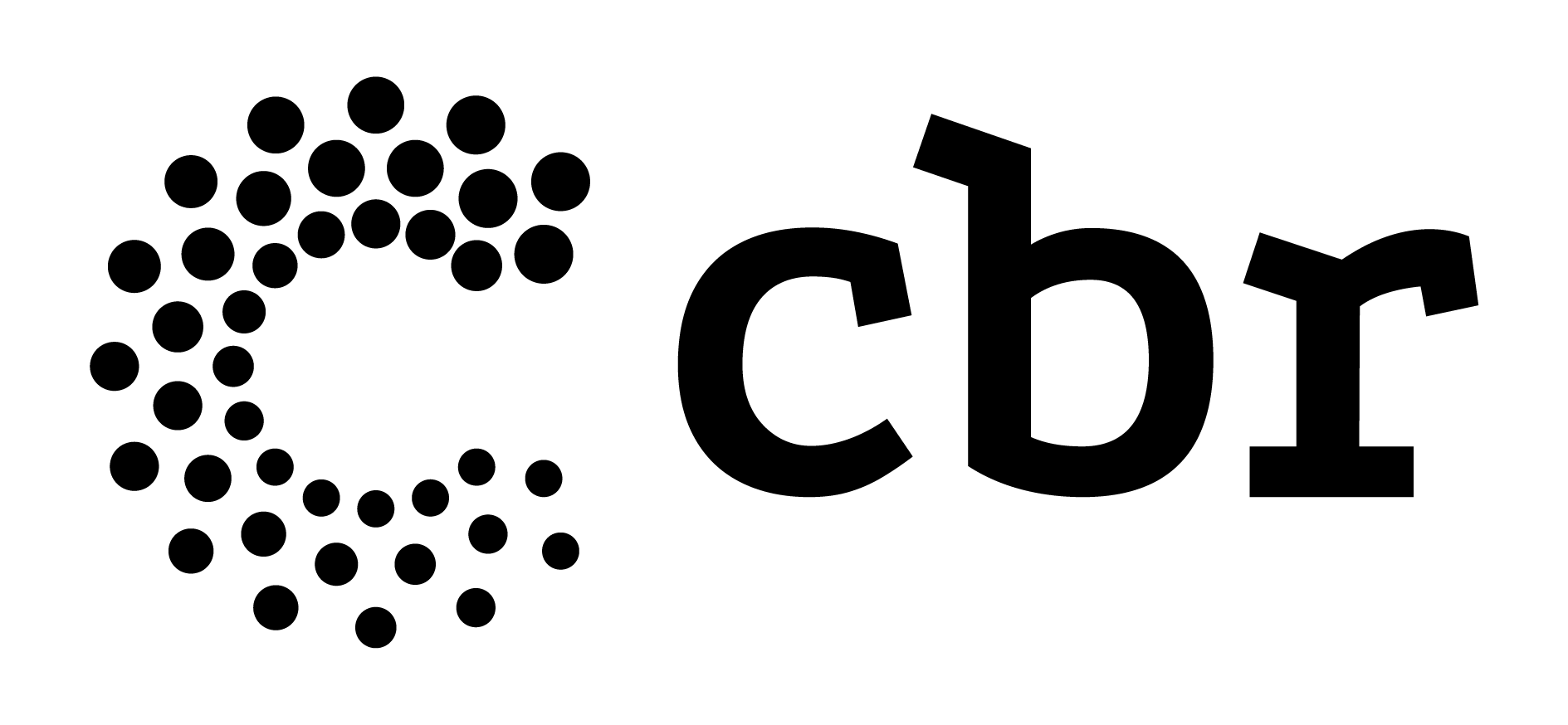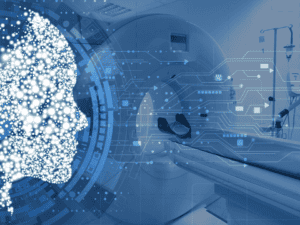In these times when technology advances by leaps and bounds, the question of replacing medical work with artificial intelligence arises. Is this our biggest threat or do we need to discuss several other issues much closer beforehand?
Teleradiology, whose standardization was carried out by CFM through Resolution 1890/2009 and later revised through CFM Resolution 2107/2014, established standards in which we highlight the main points:
Clinical data - The transmission of the teleradiology exams must be accompanied by the necessary clinical data of the patient, collected by the requesting physician, for the elaboration of the report.
Patient authorization – The patient must authorize the transmission of their images and data through informed, free and informed consent.
Local and remote specialistncia – Responsibility for transmitting exams and reports at a distance must be assumed by a physician specialized in Radiology and Imaging Diagnosis and with the respective record in the CRM.
Delimited areas of activity I - Holders of Certificates in Mammography and Bone Densitometry can only assume responsibility for transmitting exams and issuing reports in the respective area.
Delimited areas of activity II - For specific and unique activities in nuclear medicine, the person in charge must be a physician holding a specialist title in Nuclear Medicine, duly registered with the Regional Council of Medicine and authorized by the National Nuclear Energy Commission (CNEN).
Delimited performance areas III – For cases of hybrid imaging exams (radiology and nuclear medicine), the report must be issued by specialists in both areas.
Limits fordistance ticaThencia I – The use of teleradiology for interventional procedures in radiology and diagnostic imaging and ultrasound examinations is prohibited.
Limits fordistance ticaThencia II – In the case of General Radiology without contrast, for example, X-rays of the chest, extremities, columns, skull, among others, including mammography and, in case of emergency, when there is no specialist doctor at the health facility, the doctor responsible for the patient may request to the specialist doctor the proper distance diagnostic support.
Specialist required – There must be, obligatorily, a local specialist doctor in the services where specialized or contrast-enhanced Radiology exams are performed, and also in those where computed tomography, magnetic resonance imaging and nuclear medicine exams are performed.
Shared Responsibility – The professional responsibility for the care lies with the specialist physician who assisted the patient who performed the examination. The specialist physician who issued the remote report is jointly responsible for this responsibility.
Head office in Brazilian territory – Legal entities that provide services in Teleradiology must be headquartered in Brazilian territory and be registered in the CRM of their jurisdiction. In case the provider is an individual, he must be a doctor with a specialist title (Radiology and Imaging Diagnosis) or a certificate in the area of expertise (Mammography or Bone Densitometry, subject to the limits imposed in the resolution).
Operating standards – The Resolution brings an annex with the operational norms and minimum requirements for the transmission and handling of radiological exams and reports.
Image compression and transmission – Communication protocols, file formats and compression algorithms must comply with current DICOM and HL7 standards. The assessment of the compression rate is the responsibility of the radiologist registered with the CRM.
Visualization and processing of images – It is the responsibility of the specialist doctor in Radiology and Imaging Diagnosis (or with a certificate in Mammography or Bone Densitometry) to ensure the technical characteristics of the remote workstations, monitors and ergonomic conditions that do not compromise the diagnosis.
Security and privacy – The computerized systems used for transmission and handling of clinical data, radiological reports, as well as for sharing images and information, must comply with CFM regulations. Specifically for teleradiology, the systems must meet the mandatory requirements of the “Safety Assurance Level 2 (NGS2)”, established in the current Certification Manual for Electronic Health Record Systems, edited by CFM and the Brazilian Society of Health Informatics (SBIS ).
Well, we are in 2018 and teleradiology whose Resolution puts at the beginning of its essay:
“Art. 1st – Define Teleradiology as the practice of Medicine, where the critical factor is distance, using information and communication technologies to send radiological data and images with the purpose of issuing reports, as a support to activities developed locally. ”
It begins to be distorted from its main objective, which would be to provide diagnostic support to a certain location where such an analysis would not be possible, either due to the absence of the specialist on site, or to support him, in the areas of radiodiagnosis that he does not master.
Throughout Brazil, the CBR and its affiliates have received reports of dismissals by physicians specializing in Radiology and Diagnostic Imaging, whether belonging to Clinics and/or Hospitals, as their directors began to send MRI and CT images to other locations via email. means of teleradiology.
A few professionals are kept to monitor contrast exams and perform Ultrasonography. Faced with this sad reality, the most affected person is the patient who starts to be analyzed in a fragmented way, through their images, images that are totally distant from a clinical context that could be jointly analyzed by the radiologist of the Hospital or Clinic and the doctor patient's assistant.
Teleradiology has become the great source of profit for companies in a scenario of complete devaluation of image remuneration, either by Operators or by the Unified Health System.
The question remains: to what extent are we responsible for this? The payment per procedure, the Fee for Service, contributed to the radiologist seeking volume of exams.
The issue is that for Operators, volume has come to be interpreted as effortless work and its valuation has become less and less. And so a snowball was made. More and more volume, more work and less value, with little time to report, there was little time left to talk about the patient, especially with the attending physician. We distance ourselves from the line of care, we get lost behind the screens of workstations and then we were seen no more.
How many times have we heard criticism from our colleagues in other specialties who claimed to have performed or followed up on exams, but the radiologist was not seen. We heard an aberration from Operators and even from other colleagues that conventional Radiology, Mammography, CT and MRI exams were not MEDICALLY DEPENDENT exams.
Hence the attempt to divide ultrasound physicians from other physicians who performed other diagnostic imaging procedures. They tried to divide so that the Image would lose strength in the search for its appreciation and so came CBHPM, and we, belonging to SADT, became an annex. Everything had negotiation priority and the SADT, if possible, would be negotiated later. In ANS meetings, we have recently been called passive doctors, that is, who only had to do what was required. It reached the absurdity of proposing the separation of SAD from T. Colleagues from other specialties call us scale medicine doctors.
Faced with this whole scenario, Teleradiology came to seal once and for all the professional practice of those who do not appear. The absence of presence has been replaced by the virtual world.
Colleagues then ask: what to do? And the answer may be to take back everything we lost.
Priority, the union. If we accept submission, we will not succeed. This union also means associativism and support for the medical entities that represent us, because they cannot act alone!
We need, at the same time, to get closer to the patient and his attending physician. The radiologist needs to be back in the line of care, getting in touch with the patient and also with the person responsible for their care. We need to show that we can contribute and a lot!
We need to value our work, fight for decent remuneration and denounce those who take our work away from us through teleradiology. However, practicing unfair competition is prohibited by the code of medical ethics (Article 51 of Res. CFM 1931/2009).
What about Artificial Intelligence, will it replace our work? the answer is analogous: we need to use Artificial Intelligence in our favor and employ it in the best way to assist in the clinical management of the patient.
We need to get back on the path we lost ourselves on, but no one can do that but us.
Dr. Cibele Alves de Carvalho
Director of Professional Defense at CBR




